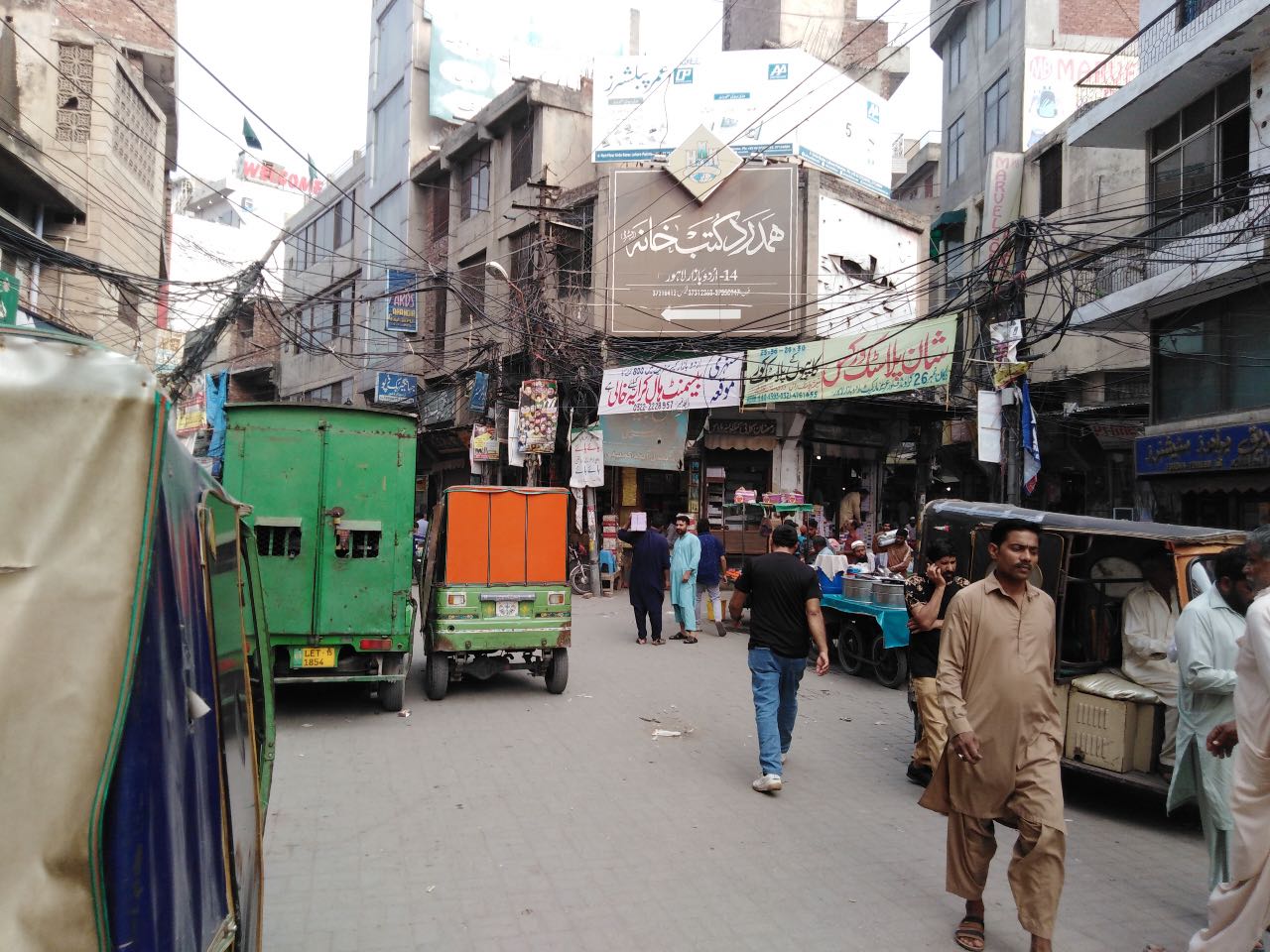Pakistan’s recently-introduced Single National Curriculum for schools across the country promises uniform educational attainment for her children, but as Maryam Naqvi argues, there are several impediments to equal outcomes for children via education in Pakistan and only a multi-pronged, composite strategy can hope to overcome Pakistan’s complex problems in the education sector.
The Prime Minister of Pakistan Mr Imran Khan recently introduced the Single National Curriculum (SNC) with an aim to unite the children of the country under the umbrella of a single curriculum. However, there is little evidence of what exactly the execution of this curriculum, as envisaged by the government, will achieve.
The curriculum is to be introduced in three phases: in the first phase, it will be implemented for Grades 1-5 in the academic year 2021-22; in the second, it will be implemented for Grades 6-8 in 2022-23; and in its third phase, Grades 9-12 in 2023-24. For the first phase, the Federal government has directed all provinces except Sindh to launch the SNC by ensuring its implementation in all public and private schools as well as in religious madrasas. The question is, will it be able to tackle the existing educational inequalities in Pakistan?
Educational Inequalities in Pakistan
Pakistan is marred by intricate problems which affect the education of her children. It is easier said than achieved that one curriculum can address all these complex problems. Educational inequality exists in Pakistan not just because students are studying different curricula, are enrolled in private and state schools, are elite and poor, and (those who can afford) opt for higher education abroad, compared to the local education; the reasons for educational inequality lie beyond these aspects.
Poverty is one of the main factors that impedes parents from sending their children to school. Limited income and spending capacity of parents along with unsafe transportation services puts education, particularly of female children, at stake, with girls dropping out of school more than boys. It would be interesting to know how exactly the SNC will result in more educated girls, and reduce the existing gender gap within the education system of Pakistan? The issue of girls dropping out from schools is not because of the nature of the curriculum; as such, it will not be resolved if SNC is implemented in schools. There are cultural barriers, like early marriage for girls, which again keeps them deprived of higher education. If girls continue to get married at an early age, the curriculum at schools will not matter as long as they are not the beneficiaries of it.
The SNC attempts to bring religious neutrality by promoting intra-faith harmony and catering to the needs of students from minority faiths by teaching them according to their religious beliefs. However, gaps in implementation make it a daunting task for the government as not all private and public schools in every province will be willing to opt for the SNC and hence, a strong monitoring mechanism will need to be adopted by the government to ensure the implementation. After the 18th Amendment in the Constitution of Pakistan, the Provinces were given an exclusive right to design their curriculum, syllabus and define their education standards. By introducing the SNC, the Federal Government seems to have breached this privilege of the Provinces and violated the 18th Amendment. The Education Minister of Sindh, Mr Sardar Shah, held this view while explaining why Sindh would not be introducing the SNC, clarifying that the Province has its exclusive right to design and implement its education curriculum, and the SNC of the Federal Government was an unacceptable imposition. The refusal to implement the SNC by the Sindh provincial government also deprives the curriculum from being ‘national’ any longer.
The SNC also violates the right of parents to choose the kind of education they would like to provide for their children. Article 18 of the International Covenant on Civil and Political Rights, to which Pakistan is a signatory, provides freedom to parents to choose the religious and moral education for their children in light of their own convictions. However, the introduction of the SNC leaves parents with no choice than to let their children study what the government has decided.
In Pakistan, almost 22.5 million children are out of school; to get them enrolled in schools, the capacity of existing schools needs to be increased, more schools are needed, and of course more funds should be allocated to the education sector. The government’s priority should be out-of-school children, as their enrolment in schools is essential to resolve the persisting educational disparities in Pakistan. Once children are enrolled in schools, only then would they be able to benefit from the SNC. Focusing only on renewing a curriculum is not a sound policy, especially when the teachers are not even sufficiently or properly trained to deliver quality education. Teachers’ training is another related aspect the government needs to invest in and work on before assuming that the implementation of SNC will improve the quality of education in Pakistan.
Conclusion
While a single curriculum is in principle a good step towards unifying the younger generation, it is not enough as a strategy to bridge the existing inequalities within the education system of Pakistan. There are several other important issues which need to be dealt with, and addressed by, the government first as they are crucial for the success of SNC. As discussed above, the drop-out rates of girls, out-of-school children, lack of trained teachers and unsafe transportation services need to be resolved. For all this to be taken care of, the government needs to invest more in the education sector and not rely only on a limited number of policies and strategies to overcome educational disparities.
With education becoming a provincial subject under the 18th Amendment of the Constitution of Pakistan, Provinces should be allowed to design and choose curricula of their own choice; likewise, parents should be allowed to choose what type of education their children should benefit from. Finally, reducing poverty itself is a challenge the government needs to tackle, since many parents cannot send their children to school due to lack of finances, and their children remain deprived of education which gives rise to further educational disparities in Pakistan.
In sum, there are many hurdles which need to be overcome before assuming success of the SNC in Pakistan.
Banner image © Muneer Ahmed, ‘Covid-19 School Reopening’, Karachi, Unsplash.
The views presented here are those of the author and do not represent the views of ‘South Asia @ LSE’, the LSE South Asia Centre or the London School of Economics and Political Science.








GREAT